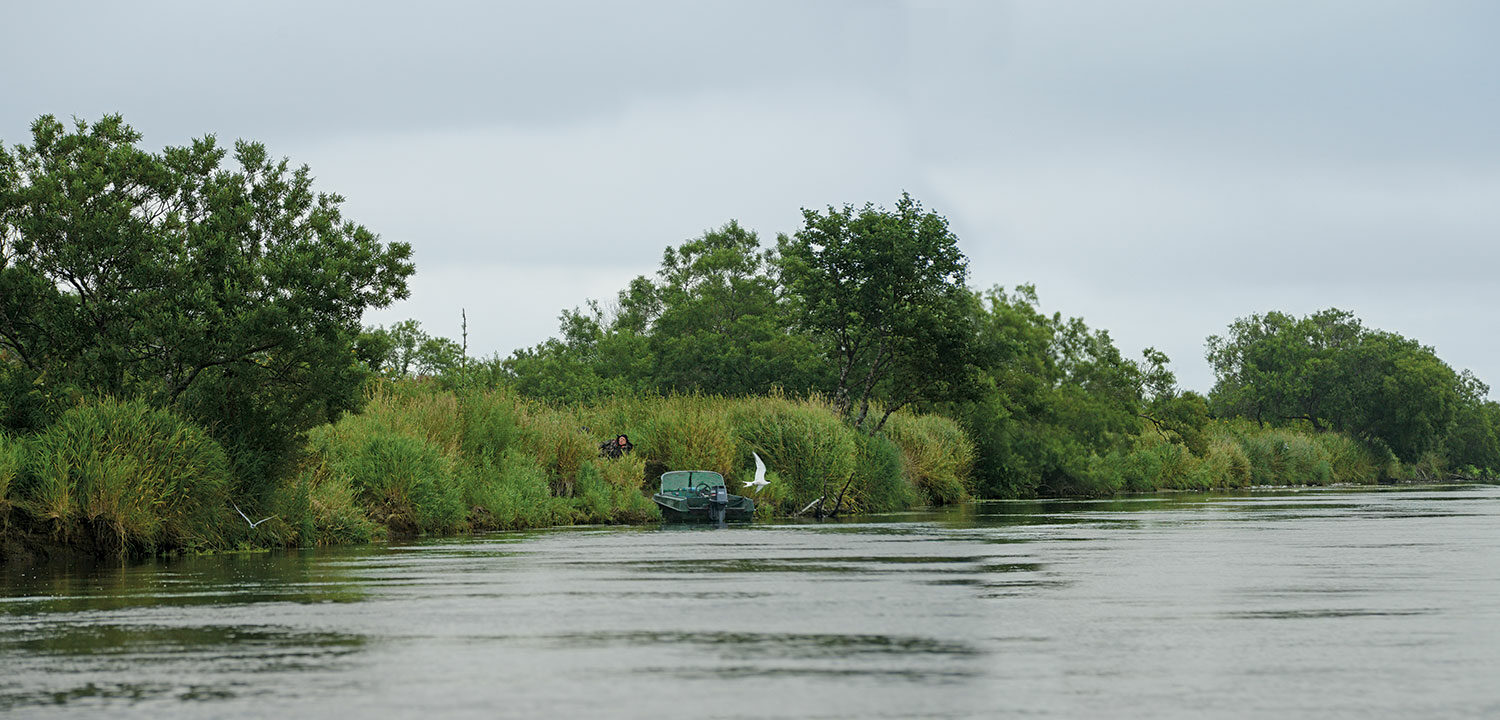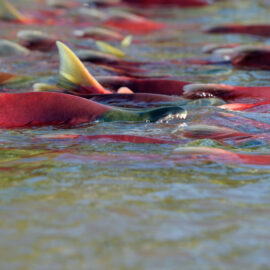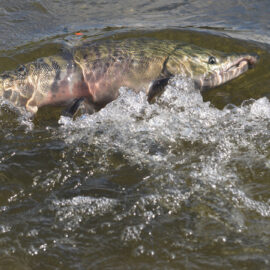Russian salmon councils work to combat poaching and restore salmon on Kamchatka’s “Big River.”
The Bolshaya, or “Big” in Russian, is the largest river in western Kamchatka—over 170 miles long, over a half a mile wide at its mouth, and covering 6,700 square miles with 227 tributaries. While the Kamchatka Peninsula, roughly the size of California, has only 320,000 people, the majority of them live in southern Kamchatka and in close proximity to the Bolshaya River.
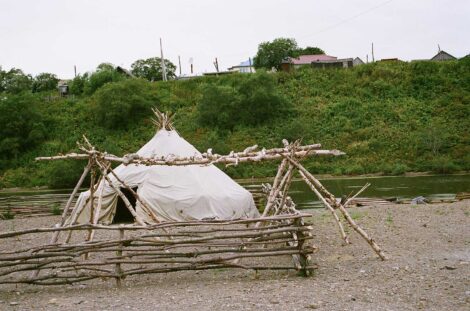
In the past, the Bolshaya River has boasted rich salmon biodiversity, provided thousands of jobs and fueled the economic and social livelihood of dozens of communities. The people of the region have relied on Bolshaya’s salmon as a healthy and renewable source of protein for centuries, and until recently, it was considered one of the most productive wild salmon rivers in the world. Roughly half of Kamchatka’s pink salmon, as many as 20 million, return each year. In the last several decades, the river has come under increased pressure from industrial-scale criminal poaching and corruption in fisheries and law enforcement agencies.
Roughly six years ago, a community effort led by Sergei Vakhrin called “Let’s Save Salmon Together” sought to address some of these issues. It became apparent that only through active community engagement and united efforts between businesses, scientists, civil society, NGOs, governments and other key stakeholders would they be able to restore the Bolshaya River to its former health and eliminate the poaching epidemic.
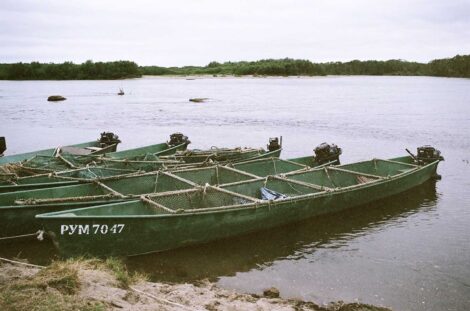
In 2011, the first Kamchatka public salmon council was formed in the Ust-Bolsheretsky district to safeguard and conserve salmon resources of the Bolshaya River. This district covers roughly half of the Bolshaya River watershed out to the ocean, as well as the Opala and Ozernaya rivers. In February of this year, the second council was formed in Elizovo to cover the upper watershed of the Bolshaya River so that conservation strategies and anti-poaching efforts are now coordinated across the entirety of the watershed from the headwaters to the ocean.
In the 2012 salmon season (June to September), the Ust-Bolsheretsky Council organized multi-stakeholder anti-poaching campaigns. Over 100 joint raids were conducted with round-the-clock surveillance for 37 of the most heavy-hit river miles thanks to six new stationary check-points. Stakeholders included community public inspectors, fisheries enforcement and law enforcement agencies. Commercial fisheries and industry kicked in substantial funding in support of these efforts. The councils plan to expand the initiative in coming years.
Ust-Bolsheretsky Public Salmon Council accomplishments:
- Developing sustainable fisheries management plans (approved and implemented by government agencies), including banning all net fishing of Chinook.
- Working with indigenous communities to develop alternative fishing areas to increase conservation.
- Organizing multi-stakeholder anti-poaching campaigns.
- Replacing entire fisheries enforcement staff to end corruption and neglect of duty.
- Organizing the first Regional Salmon Festival and Sport-Fishing Championship.
- Establishing the Association of Bolshaya River watershed users—an active forum for developing sustainable salmon resource management plans.
